Star Overdrive blasts onto the scene with one simple promise: hoverboards are no longer just a gimmick—they’re the heart and soul of the experience. From the moment you drop into its vibrant open world, you’re not just running or riding—you’re gliding, flipping, and soaring across water and land alike on a high-tech hoverboard. It’s the kind of setup that would make Marty McFly jealous. While hoverboards have cruised through countless games, few have dared to make them central to the adventure. Star Overdrive does—and it absolutely owns it.
Star Overdrive throws you into the shoes of BIOS, an explorer cruising the stars until he picks up a distress call from his significant other, NUOS. It seems she’s stuck on the abandoned planet of Cebete and needs help desperately. There’s only one problem: NUOS disappeared on the job seven years ago. . .

Developer Caracal Games‘ inspirations for Star Overdrive can plainly be seen in its world design, visual look and gameplay. Breath of The Wild is the very clear front-runner here, with an open world that lets you explore wherever you please right from the get-go while SSX Tricky very clearly gave life to its hoverboard travel and light trick system. Other games are clearly cribbed from as well, but it’s these two that make up the bulk of what Star Overdrive is made from.
The Breath of The Wild comparison is highly apt, as I’ve never played a game that felt as much like Breath of The Wild until I started racing around Star Overdrives dune heavy world. The visuals will certainly be the first thing you notice as, while the aesthetic is SF, the cel-shaded art style is as Breath of The Wild as you’re going to get.
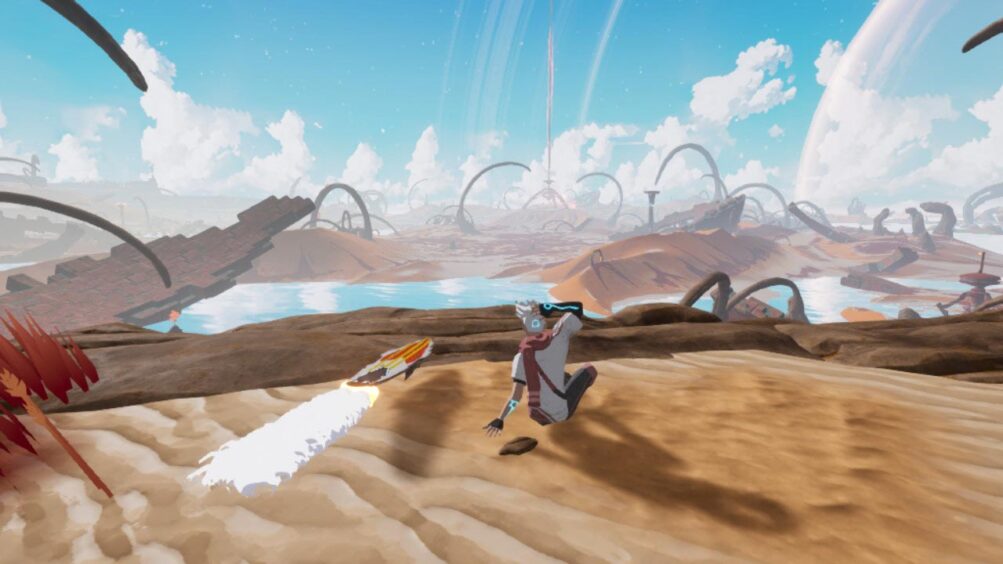
Star Overdrive is, simply put, a gorgeous-looking piece of work, from BIOS’s visual design and animations to the colour scheme of the world, to the beautiful atmospheric effects and planetary rings looming over everything. The game is gorgeous in motion as well, from the engine exhausts pushing your hoverboard along to the plumes of smoke puffing out of those same exhausts as you use the hoverboard as a jet-pack to reach higher areas. The game has some fantastic performance as well, running smoothly as it pushes the gorgeous visuals at a fairly high speed.
There is some texture and environment pop-in when moving too quickly or taking long drops from the tops of mountains or elevators, but none of it is game-breaking. Cebeter being a nearly abandoned planet certainly helps to keep the frame rate up.
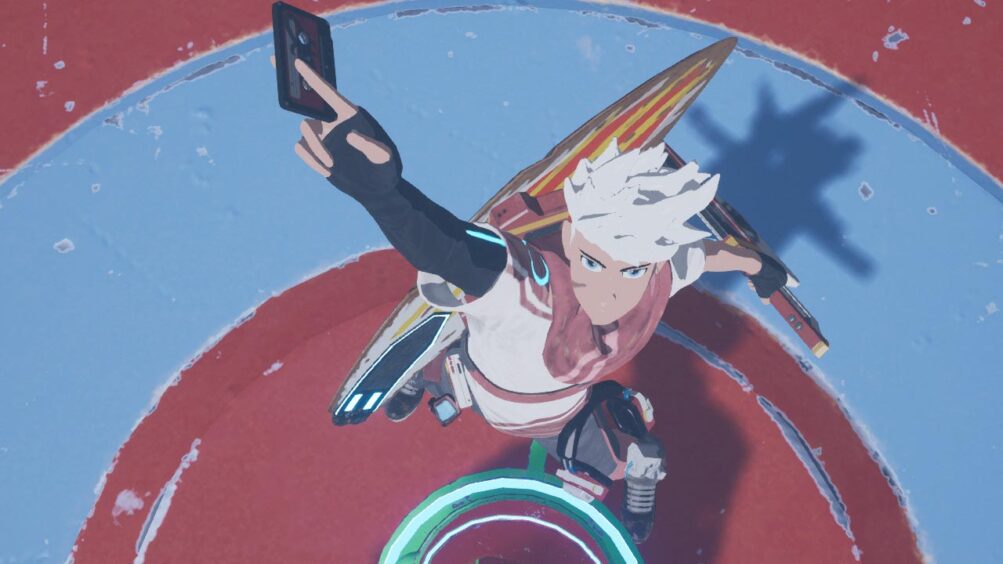
Cebete is designed to keep you moving quickly across the landscape, pulling off tricks with the right analogue stick and using all the dunes and hills in your way to speed up your board. Tricks are as simple as flicking the analogue stick in one of the four cardinal directions for basic tricks while flicking a combination of directions will pull off different tricks.
It’s incredibly easy to get to grips with the system and your momentum can be used to fling yourself off the board to glide larger distances or climb some really hard-to-reach areas with a combination of air dashes, quick height thrusts and board mounting and dismounting. The only downside to the system is that you can’t control the camera on your board, which takes a bit of time to get used to.
The bulk of your time will be spent exploring the planet, battling some of the local life forms – okay so it’s not entirely abandoned – and exploring the various mines and mining equipment left behind by the company NUOS worked for.
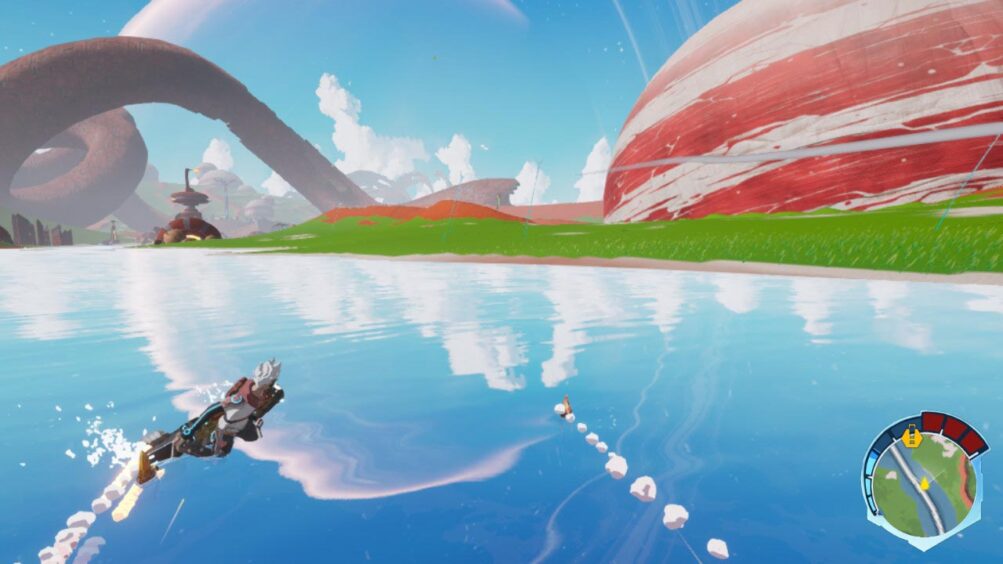
The mines are Star Overdrives version of Breath of The Wilds Temples. They’re mini-puzzle and platforming sequences that reward you with energy to spend in BIOS’s skill tree. They’re nowhere near as tricky as some of Breath of The Wilds more aggravating Shrines, but they do a good job of using all of the tricks in your bag to complete them.
And those tricks? BIOS has a Keytar that functions as an energy sword as well as an ability projection tool. You’ll slowly acquire a variety of powers to use through your Keytar, enabled by picking up cassettes scattered across the environment, which range from telekinesis to pick up and throw objects and enemies to an energy bouncing pad to get higher to reach areas both on and off your board. All of these abilities are designed to work in tandem with the rest of the game mechanics from puzzle-solving to combat.
Your hoverboard can be upgraded and customised as well using designs scattered like Tags around the environment and with crafting material picked up from defeated enemies and the environment. The Tags let you customise the hoverboard paint job but it’s the upgrading system that is really important to get to grips with as you can upgrade everything from what wings are on the hoverboard to its speed, maneuverability and what surfaces it can ride on.
Figuring which bits and bobs to build goes a long way to making exploration and combat easier as your board can provide support attacks in combat.
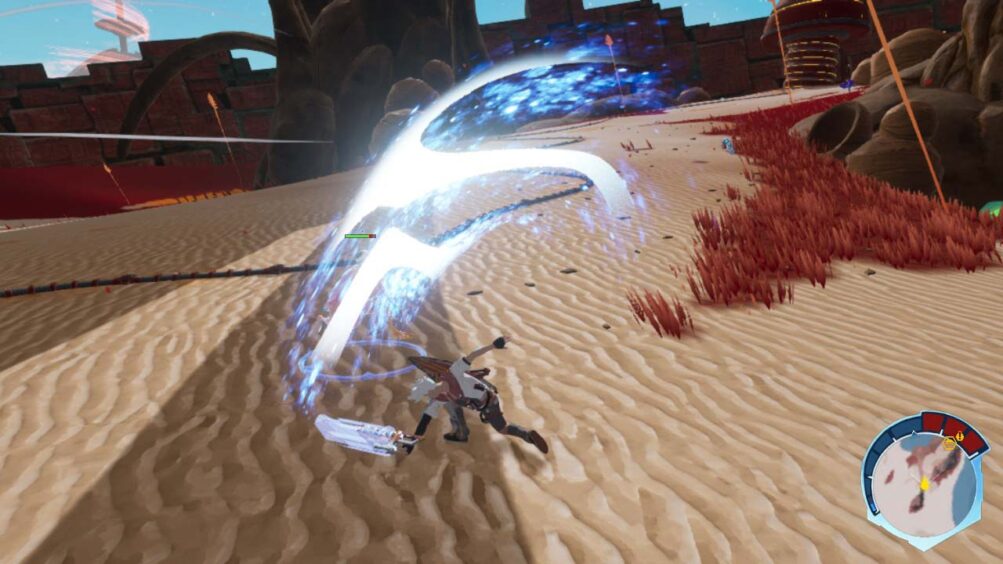
Combat though, is easily the game’s weakest aspect. The few basic combos you can do are enough to get the job done in tandem with your abilities, but it lacks the punch to make it an activity I actually enjoyed. Between the auto-lock on the system, how slow you move on foot and how easy it is for enemies to send you flying around the environment, I avoided melee combat as much as I could and just used my abilities to fire energy bolts at enemies or throw them into each other or structures as it got the job done faster.
While you can go in any direction you want after the short tutorial corridor, it’s best to follow the main mission objectives for a bit as these will lead you to the most important abilities you’ll need to make it through the bulk of the game. If you don’t, you’ll find yourself coming up against mines you can’t complete because you’ll be missing something.
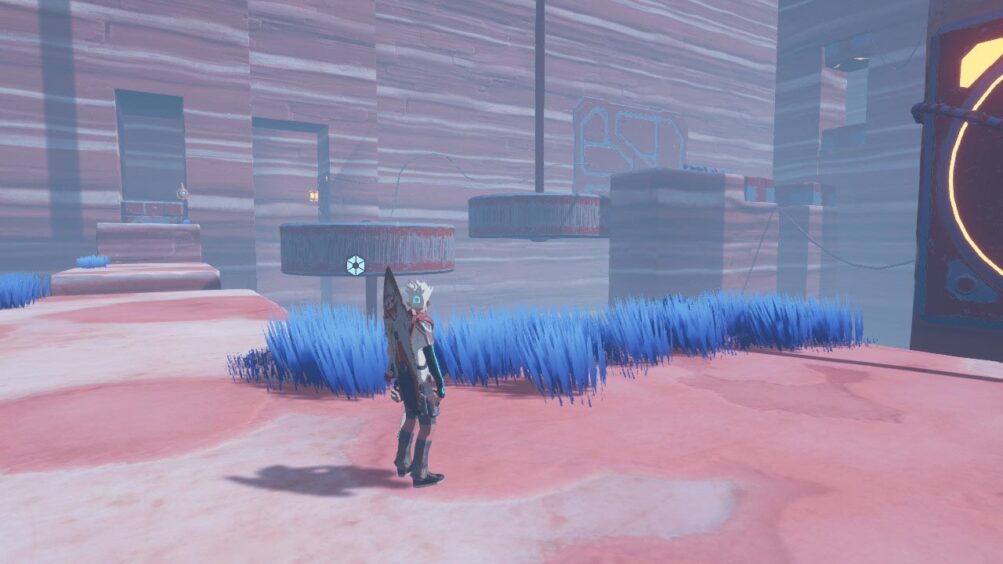
Star Overdrives story is told through the audio cassettes you pick up, detailing NUOS’s observations of the planet and her difficulties. The environment design does the rest, presenting a stark world that’s been corporation-ed into near desolation before digging up something they shouldn’t have.
This, coupled with the game exploration mechanic is what makes Star Overdrive stand out. As much fun as the mines can be, it’s the act of zipping across the world on your hoverboard at your own pace whilst uncovering its mysteries that presents a serene yet melancholic road trip that kept bringing me back to its stark dunes and towering, metal ruins. In this Caracal Games have nailed the spirit and wonder of exploration.
Star Overdrive – Launch Trailer – Nintendo Switch
Read more awesome reviews >>here<<.
The code was provided by the distributor.

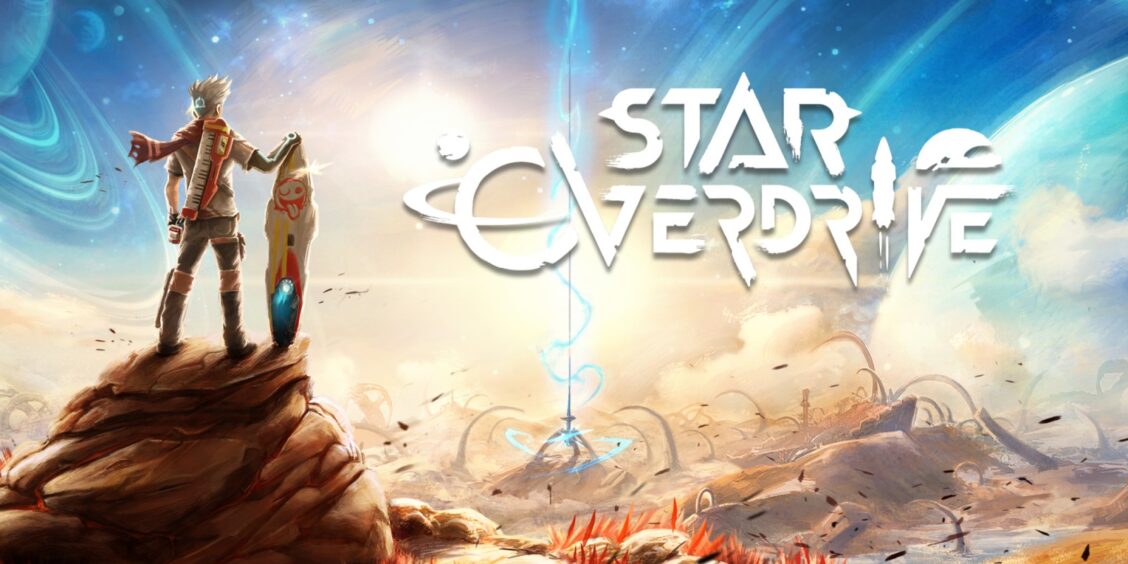





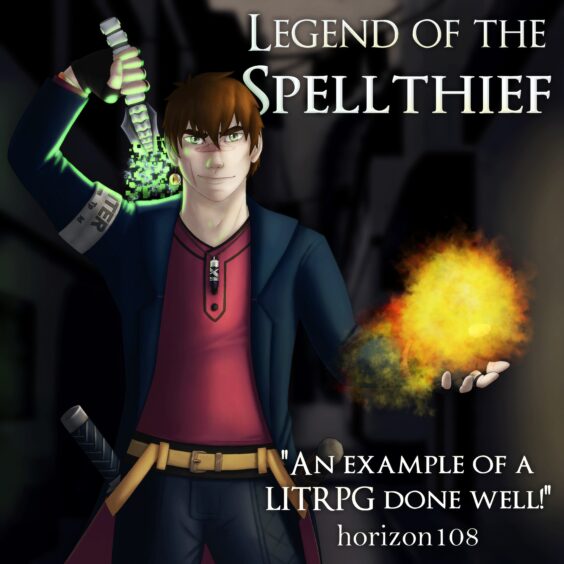
You must be logged in to post a comment.